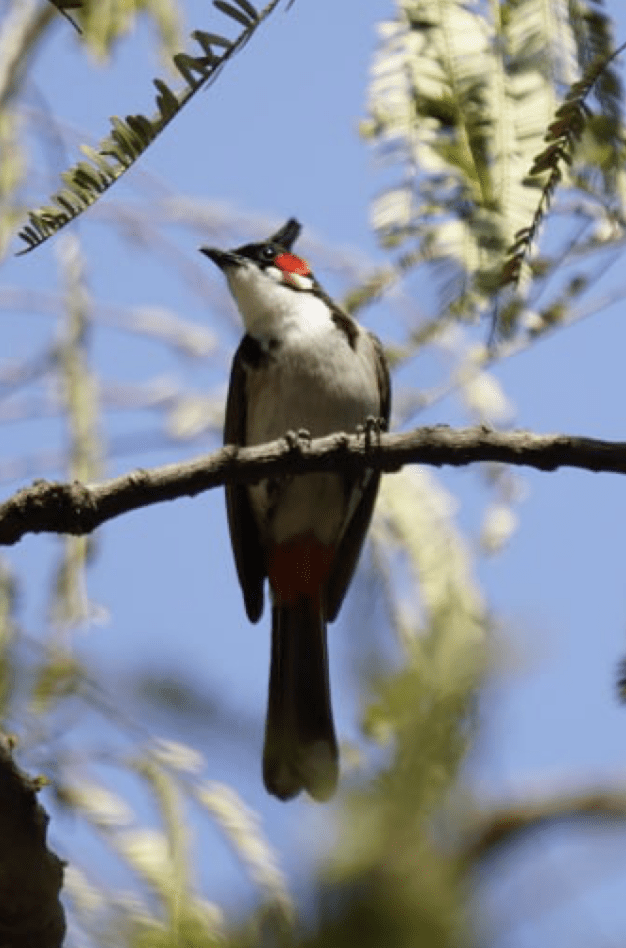Back to main page Developed by Rajni Bhargava
Unit II ♦ Unit III ♦ Unit IV ♦ Unit V ♦ Unit VI ♦ Final Performance Task
Proficiency Level: Novice High/Intermediate Low
Time: 3X75 minutes
Understanding the Animal World
Objectives: By the end of the lesson students will be able to:
- identify and name several animals, some birds and some insects
- identify and name some major body parts
- relate the onomatopoeic sounds to each animal or bird you know
- ask and answer questions about their habitat
- describe in simple sentences their food and movement
Performance Task: Students go on a virtual guided tour of the zoo. They do a role play: Student A: Guide in the zoo who describes animals. Student B: Visitor considering adopting an animal
Episode 1: Students brainstorm on naming and writing 5+ animals/birds/insects they know in Hindi in teams of 4 in 1-2 min. Students can use the vowel and consonant sheet to write down the names of animals starting with a vowel or a consonant.
Note: The group who is done first and has the most items in their list wins.
Episode 2: Students learn about names of different animals, birds and insects, about their habitat and food.
- https://owlcation.com/humanities/20-Animal-Names-in-Hindi
- https://owlcation.com/humanities/20-Bird-Names-in-Hindi
- https://blogs.transparent.com/hindi/sounds-of-animals-insects-and-birds-in-hindi/
Episode 3: Students do meditative drawing with Madhubani artist Pratik Prabhaakar.
Homework Assignment: Create a mind map of 5 animals, birds and/or insects, classifying them where they live, what they eat and their specific body parts in pairs and then share it with the whole class.
Episode 4: Students learn the poem butterfly, vocabulary related to colors, environment and action verbs, example, उड़ती हैं, बैठती हैं, पराग पर मंडराती हैं, रस पीती हैं, इधर -उधर आती हैं/जाती हैं
https://hindistartalk.lrc.columbia.edu/lesson/titali-poem/
Hot and Cold Activity. Students learn first two lines of poem “Titli”
तितली रानी, तितली रानी ,पास नहीं क्यों आती तितली, दूर-दूर क्यों रहती हो
One student leaves the classroom; the other students hide a butterfly (butterflies are of different colors and hidden behind objects in the classroom). When the student returns, the class chants the two lines of the poem softer or louder depending on whether the student is moving nearer to the object or farther away. Student will say the full sentence when he/she finds the object. The class plays 3 to 4 rounds of this activity.
Episode 5: Students go on a virtual guided tour of the zoo. They become experts on one animal, bird or insect. Where in India do you find them? What do they eat? What do they do everyday? What kind of environment do they live in? One interesting fact about them. They do a role play: Student A: A guide in the zoo who describes their animal.
Student B: Asks at least 3 relevant questions
They do a role reversal after student A finishes explaining it.
Episode 6: (Task) As an expert you keep a diary or journal and write about your experience of learning about an animal, bird or an insect and describe it; draw a picture/or paste a picture of it. Work continues for two weeks.
Adopt a word:
- The students choose a word that they would like to adopt and do research on it using the template below.
- Each student then gives a short presentation on his or her adopted word until all the class has had a chance.
| Word | Meaning | Part of speech | Example of usage |
Resources:
- Gir – Amitabh Bachchan : Gujarat Tourism
- Till Dekho Taad Dekho | Madhya Pradesh Tourism
- चुन चुन करती आई चिड़िया Chhun Karti Aayi Chidia – Mohd. Rafi
- https://storyweaver.org.in/stories/331-bheema-gadha?mode=read
- https://hindilanguage.info/hindi-grammar/verbs/voice/passive-voice/
- https://open.lib.umn.edu/hindiurdu/chapter/grammar-notes-9-1-passive-voice/
